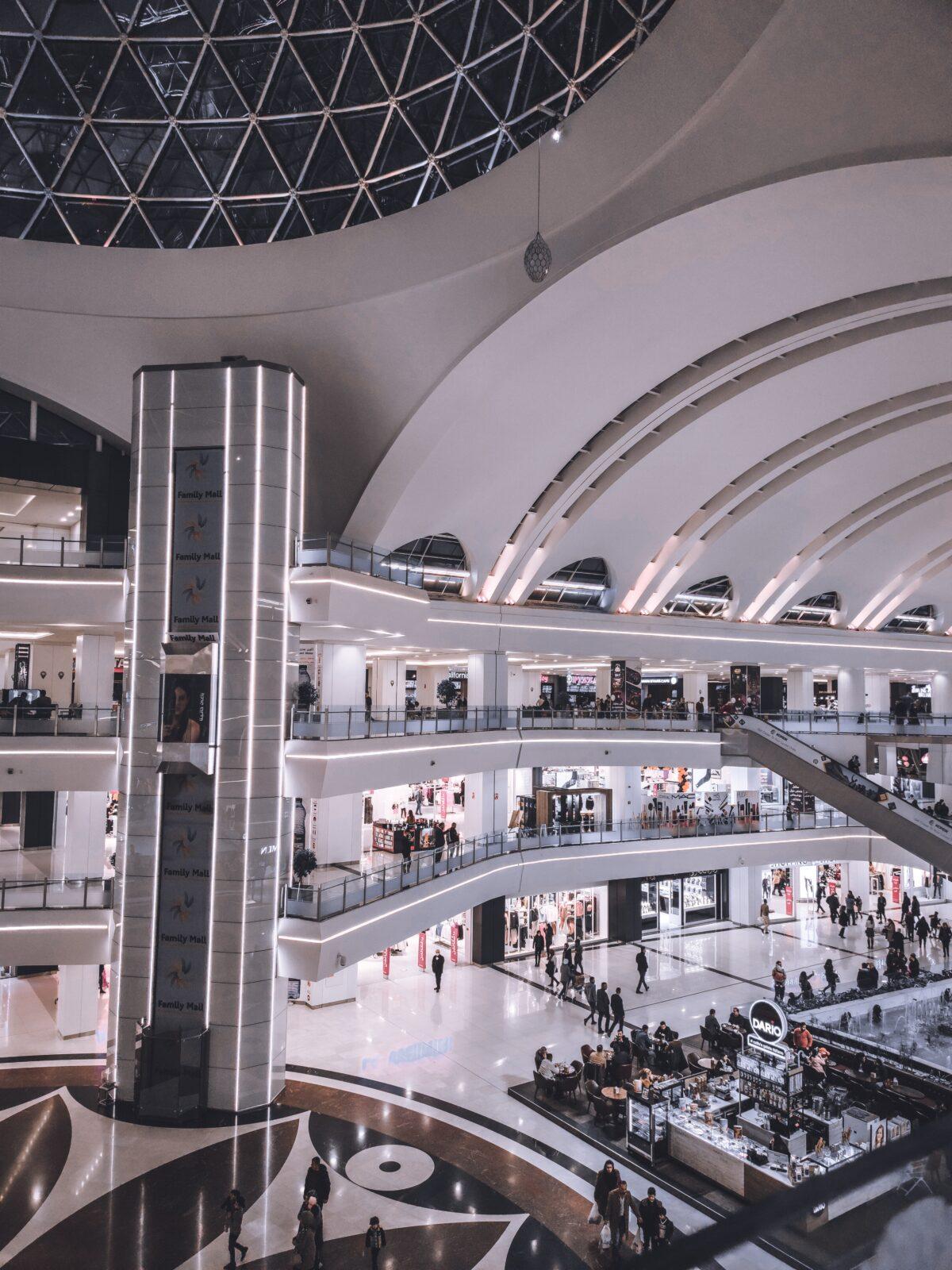As the holiday season rapidly approaches most of us could be found inside the nearest shopping mall, hunting for the perfect gifts for the family. Having spent many holidays doing just this, things are now rapidly changing. With the invention of the internet, most people are doing all their shopping, including Christmas shopping, online. Why bother fighting the crowds and long lines when at the click of a mouse you can purchase anything you need. It is truly amazing the speed with which you receive a package after making an online purchase. As wonderful as this is for the consumer it is a nightmare for those who own and operate shopping malls.
Unfortunately, the pandemic has accelerated the fall of the mall. Retailers initially expect that 33% of malls would close permanently by 2030. The retail sector was already facing challenges before the pandemic, with buyers leaving malls behind for online shopping.
The weak economy is taking a heavy toll on retailers and nowhere is that more apparent than in a dying shopping mall. Many American cities now have malls with a high number of vacant stores. People are spending less, people are shopping less, and retailers are scaling back.
Retailers are trying to find creative solutions to fill some of those vacancies. Some malls are giving away empty spaces to local artists. Even theater companies have moved in, with dance troupes rehearsing in stores that retailers have abandoned. Most shopping centers are looking for alternative uses.
In 2008, nearly 150,000 individual stores closed nationwide. Many of them were in malls that were already in decline. It can be very depressing to walk around a dead mall, and it depresses property values to have a dead mall in your neighborhood. It is a very traumatic event for any community to see its mall die. Malls have been in decline for the past decade. Not all the malls are dying, but the weaker ones are absolutely dying off. Internet shopping is one factor of many that is taking away from malls. Big Box stores have been a significant factor. Some say America’s taste has changed, and our love affair with the enclosed shopping center is over. At their peak, 140 new malls open every year in America. But in the last two years, not a single enclosed mall has opened. Instead, we are seeing many more of these, open-air, lifestyle centers.
Lifestyle centers are outdoor shopping areas that try to create the feel of a town square by including parks, playgrounds, and often apartments built above the stores. People are enjoying living in this environment where you can walk downstairs and get a cup of coffee. Many developers now feel that Americans still want to shop, but where they prefer to do it is changing. There is clearly a shift back to the streets and being outdoors. Some existing malls plan to tear off their roofs and turn into lifestyle centers. Hopefully, that will give the aging mall new life.
Malls need to adapt to stay afloat. That means smaller stores, more restaurants, and even on-site entertainment. Architects and Builders are preparing for the future of the shopping mall. Plans for indoor/outdoor shopping areas, more restaurants, some retail stores, and activities such as theatres, playgrounds, and museums. The mall as you know it will be an entirely new creation. These new and improved shopping malls will offer more than retail stores. Prepare for outdoor seating and walking areas.
You may eventually find yourself back at the mall, only doing different things and enjoying yourself immensely. We at Scarano Architect, PLLC will surely be involved in the transformation of the shopping mall. We look forward to launching our ideas for them. So do not worry about the future of the shopping mall. It might even be better than before!


